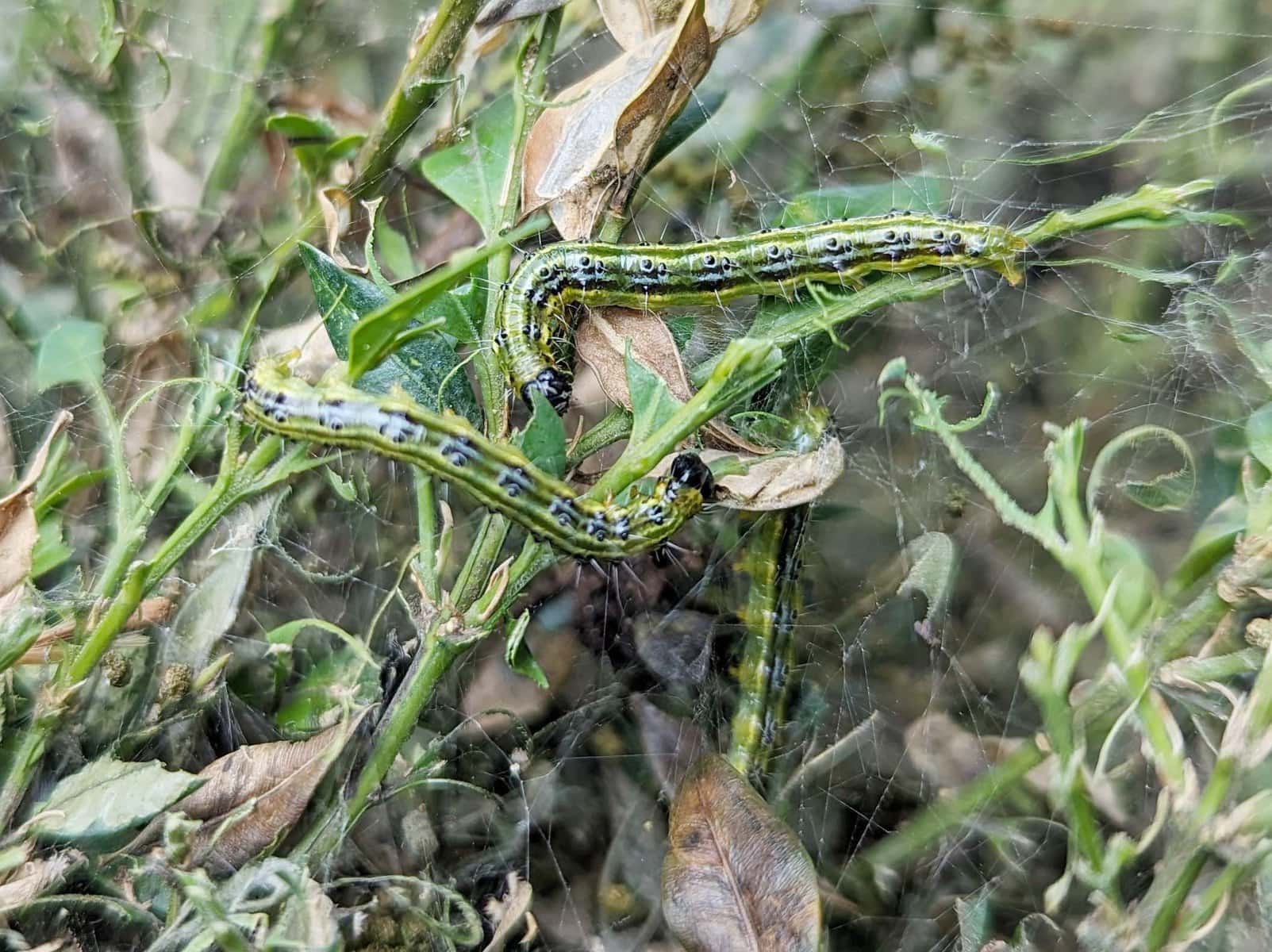Let’s take a look at activities to do – or not do – in your garden at this time of the season.
The first one is that now is the time to stop fertilizing any flowering or evergreen shrubs, especially if you are using any fertilizers with a higher amount of nitrogen (first number) in them.
You do not want to be promoting any new growth on the plants that may not have a chance to mature and harden off before freezing.
Instead, you want to encourage the plants to start preparing to go dormant for the winter.
However, you can still fertilize your annuals whether they are planted in the ground or in containers.
In the Niagara region, we normally do not get a killing frost until the third or fourth week of October or even later. So, keep them blooming as long as you can and enjoy them well into fall.
Sometimes in the heat of summer, the annuals will slow down in flower production and become leggy-looking.
As the temperatures begin to cool, they will usually catch a second wind and can be rejuvenated by trimming them back a bit and feeding them with a fertilizer high in phosphorus (middle number).
Remember, if a plant is a heavy bloomer, it is also a heavy feeder. Continue to deadhead your annuals to keep them performing for you.
I have written about the box tree moth a couple of times over the last two years. It has been another devastating year with many people losing their boxwood plants.
The box tree moth is a new insect that found its way into the Niagara region in 2020. As the name indicates, it is primarily found on species of Boxwood plants. The box tree moth can have two to three generations per year and therefore multiplies quickly.
The adult moth has a wingspan of about four centimetres. It has white wings with thick, dark brown borders around the entire wing. The body of the moth is also white with a few dark brown specks on it.
When the larvae (caterpillars) first hatch, they are greenish/yellow in colour with a shiny black head. As the larvae mature, they become greener in colour with thick, black and thin white stripes along the length of the caterpillar.
It is the larvae that cause the damage to the boxwoods. The adult moth lays eggs on the underside of the boxwood leaves in clusters of 10 to 12 eggs.
The eggs hatch in three days and the young larvae feed on the underside of the boxwood leaves and start to form webs between the leaves. As the larvae mature, they become skeletonizers leaving just the midribs of the leaf.
If there is a heavy infestation it can cause the entire boxwood to brown up in a very short period.
It takes about 14 days for the larvae to mature and pupate. Pupae live about 14 days before becoming adults. The box tree moth overwinters in the larval stage, protecting itself by spinning a silky cocoon between the leaves.
Routinely examine your boxwoods for signs of chewed leaves, caterpillars, webbing and frass (a fancy term for caterpillar poop). The insect has just gone through the larval stage so you will probably just be seeing the adult moths at this time.
To control this pest, the best time to spray is when it is in the larvae stage. There is a biological control spray called BTK (Bacillus thuringiensis var. kurstaki). The active ingredient of the spray is safe for humans and pets and is sold at most retail garden centres.
If you are still seeing the caterpillars feeding at this time, you can be spraying. If you are seeing the damage but not the caterpillars, hold off spraying until Sept. 15 before spraying.
Re-check your plants five to seven days after spraying to see if the spray has worked. If you are still seeing caterpillars feeding, repeat the application of BTK.
Now is also a good time to be treating lawns if you have been having trouble with white grubs. The white grub is the larval form of the Japanese beetle. You have probably seen damage over the last few weeks caused by this beetle chewing leaves and flowers.
Once the adult beetle has mated it then re-enters the soil (usually lawn areas) where the next generation will begin to feed on the roots of your turf grass, causing brown patches. If you are seeing damage, you can treat the lawn with nematodes to control them.
With the daytime temperatures starting to cool down, it is also a good time to cut back on your in-ground irrigation as plants do not need as must moisture as they did earlier in the summer.
I hope that these few tips will help keep your garden performing at its best.
Joanne Young is a Niagara-on-the-Lake garden expert and coach. See her website at joanneyoung.ca.









